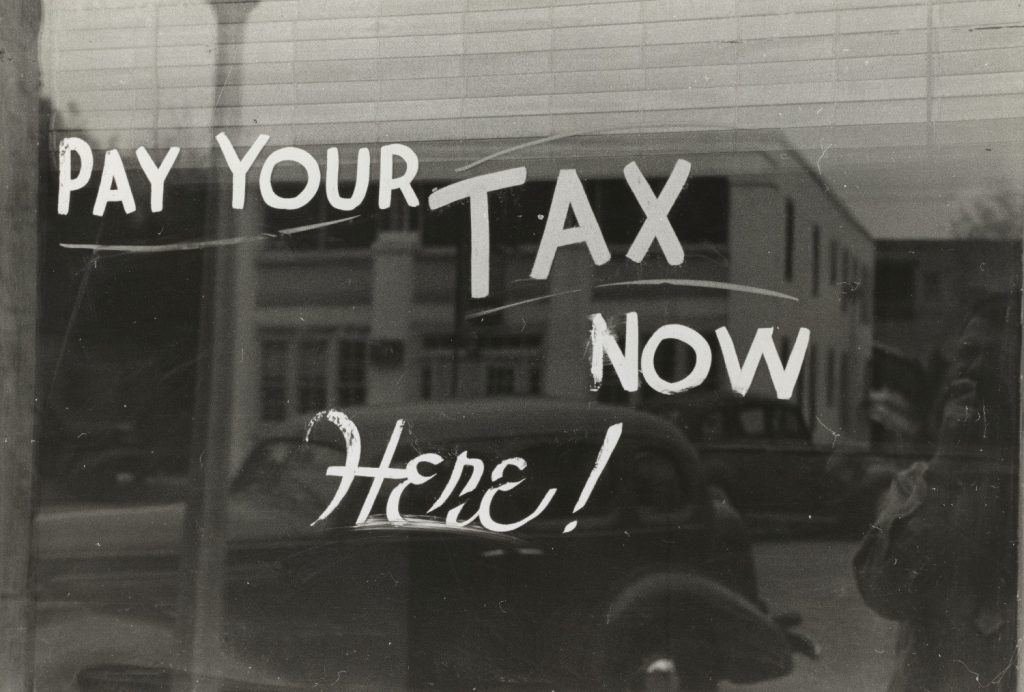
New buildings constructed using innovative techniques are springing up all over Canada.
These structures only exist because someone tried to push the boundaries of what was possible — and quite often it’s an architect who was responsible.
But what many architects don’t realize is that tax benefits exist for all kinds of innovation through the Canadian government’s Scientific Research & Experimental Development (SR&ED) tax incentive program, and their work can qualify too.
These incentives are not just for scientists. Examples of R&D conducted by architects in the past include:
- incorporating renewable and sustainable technologies into designs
- improving thermal capabilities or airtightness in the build
- innovations that allow for a new development to take place at a remote or particularly challenging site
- working on historical or period buildings
- developing ways of building energy-efficient homes on a budget
- innovations that improve the fire performance, acoustic performance or waterproofing on new builds and refurbishments
…and many more.
Not all types of innovation qualify — there are specific criteria that have to be satisfied first.
The government looks for any activity that involves “systematic investigation or research that is carried out in a field of science or technology by means of experiment or analysis.” It must involve experimental development, but the work need not create new materials, devices, products or processes—it could just be an improvement to existing ones.
There are three simple tests that must be met for innovation to qualify for the incentives. The work must:
- further technical knowledge or create advancement in the industry;
- overcome scientific or technological uncertainties; and
- do something, by design, that other people would find hard or not obvious.
How rewarding are SR&ED tax incentives and how do they work?
The rewards for claiming innovation tax incentives can be huge, and they are often worth hundreds of thousands of dollars. In fact, SR&ED incentives allow businesses to claim back up to 41.5% of innovation expenses. The main qualifying costs are materials, payments to contractors and third parties, staff costs and salaries.
The overall amount can vary by province as the final benefit is a combination of federal and provincial schemes. Private Canadian businesses receive the incentive as a cash payment, while publicly traded companies get a credit to be offset against outstanding taxes.
Claiming
Businesses can claim SR&ED up to eighteen months after the tax year in which the work took place. Tt costs firms nothing to establish whether they can claim, as most consultancies charge contingent fees. This means that businesses pay a percentage of the value of the claim once successful.
SR&ED incentives shouldn’t be confused with the Industrial Research Assistance Program (IRAP), which is a government-funded grant program available to small- and medium-size businesses, rather than an R&D tax incentive. The SR&ED regime for SMEs has actually improved recently, so there’s never been a better time to claim.
Richard Hoy is President of specialist tax consultancy Catax Canada. You can reach him at [email protected]
Share This Story, Choose Your Platform!
Related Posts
Recent Posts
- The government grant landscape is changing; how does IT fit in?
- The government wants CATA’s advice on how to improve SR&ED funding
- Impact of COVID-19 on the SR&ED Tax Credit
- Everything you must know about scientific research and experimental growth
- As Liberals tout ‘innovation agenda,’ CRA keeps scaling back SR&ED credits: CATA


